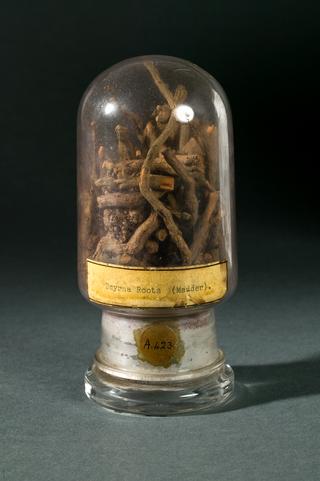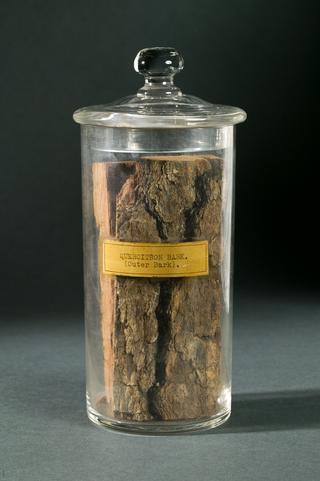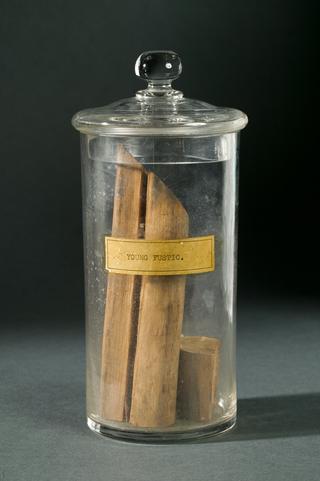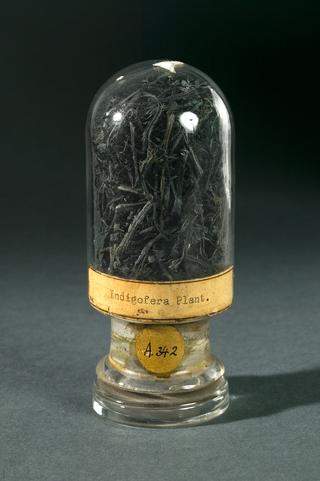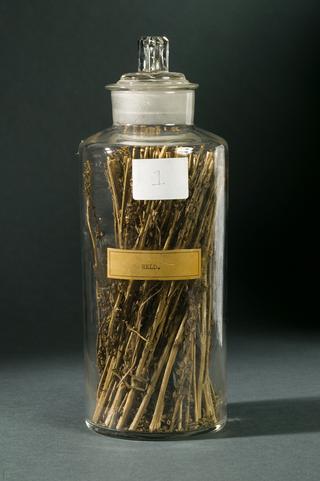
Three-crank two-stage vertical reciprocating compressor manufactured
- Made:
- 1918 in Peterborough
- maker:
- Peter Brotherhood Limited

This three-crank two-stage vertical reciprocating ammonia compressor was built in 1918 by the Peterborough-based Peter Brotherhood Ltd and installed at the No.2 plant in the Billingham manufacturing plant.
The compressor is approximately 7.6 metres tall, 2 metres wide, and 1 metre long. The compressor has a bottom and lower section connected by a set of three pistons. On one side of the compressor, there is a pressure gauge measuring in pounds per square inch, and an attached DELVAC mechanical lubrication system built by the Vacuum Oil Company Ltd from London.
The compressor has the logo of the Peter Brotherhood Ltd company, as well as the company name and located marked on the sides of the machine.
This compressor was designed and built by Peter Brotherhood in 1918 and was one of the earliest compressors in use at the Billingham manufacturing plant, one of the most important factories in the UK for the producing of industrial chemicals, especially fertiliser for use in agriculture.
When it was originally installed, Billingham was operating as part of the Ministry of the Munitions to produce explosives during the First World War. Following the end of the war Billingham was acquired by Brunner Mond Limited, and this compressor became part of their ‘No. 2 Plant’. In 1924, Brunner Mond merged with British Dyestuffs Corporation, Nobel’s Explosive Limited and the United Alkali Company to form Imperial Chemical Industries, one of the largest industrial conglomerates in the world.
For the first decade of it use, the compressor struggled with mechanical problems, but by 1926 the compressor started to reliably produce an average of 62-65 tons of artificial ammonia a day through the Haber-Bosch process which involves compressing atmospheric nitrogen and hydrogen at high temperature and pressures. However, by this point multiple other large and more advanced ammonia plants were being built at Billingham, leading to No. 3 and its compressors to be re-engineered and altered in 1932/33 to produce liquid and solid CO2 called Drikold or ‘dry ice’, which can be made from by-products of the Haber-Bosch process. This re-engineering was performed by Peter Brotherhood and involved replacing much of the internal mechanisms such as the cylinders, pistons and piston rods, and well replacing the original steam engine with an electric motor. This re-designed three-crank 2-stage CO2 compressor would produce CO2 into the late 1960s until, after 50 years of operation, it was eventually replaced by new designs of CO2 plants.
Details
- Category:
- Industrial Chemistry
- Object Number:
- 1982-1494
- Measurements:
-
overall: 2000 x 4300 mm
- credit:
- ICI Agricultural Division
